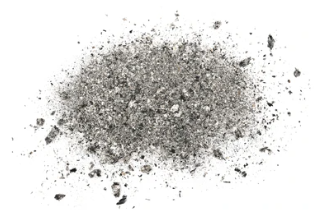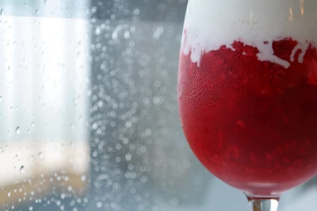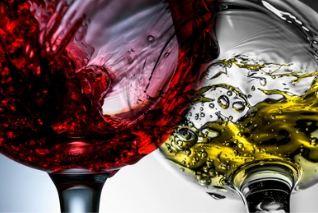Lifeasible offers professional solutions to detect other nutrients in wine, including moisture, ash, and tannin. Our labs will perform tests according to strict international standards and provide reliable analytical results.

Ash is the sum of substances remaining after the ashing of evaporation residues, and the main elements are alkali metals (such as potassium, calcium, magnesium, and sodium) and non-metallic phosphorus. Trace elements such as manganese, zinc, copper, and iron are also represented. The ash content can be determined by weight analysis or by analyzing cations and anions. The ash content in wine usually ranges from 1.3 to 3.5 mg/L and is strongly influenced by the soil water balance. All relevant substances are absorbed through the soil during grape ripening, with minerals being the most significant part of the ash. Due to the link between ash and mineral and trace element content, this parameter can be used to assess the quality of the wine. The analysis of ash in wine from an analytical point of view is very important.
Ash testing is an important quality control step in wine production, where excessive mineral content can affect the flavor and quality of the wine. Lifeasible offers several methods to detect ash in wine, including gravimetric, Fourier infrared spectroscopy (FTIR), conductivity methods, etc. We will select the appropriate method based on the specific needs of our customers.
For ash testing, we heat wine samples to high temperatures until all organic matter is burned off, leaving only inorganic minerals. We aim to help our customers adjust their production processes by monitoring the ash content of their wines to maintain the desired mineral balance and flavor profile.

Water is the most dominant component of wine and is the carrier of all the components in the wine, which contains about 85% water. Moisture content is another important parameter in wine production. It is the amount of water present in a wine and is expressed as a percentage of the total weight of the wine. The moisture content of a wine can be influenced by several factors, such as grape variety, climatic conditions during the growing season, and winemaking practices. In general, higher moisture levels in wine can lead to microbial instability and spoilage, while lower moisture levels can lead to loss of aromas and flavor compounds.
Lifeasible offers a variety of methods to detect moisture content in wine, including drying, Karl Fischer titration, refraction, etc. We will select the appropriate method based on the customer's specific needs.
To measure the moisture content of a wine, the sample is dried at a specific temperature until it reaches a constant weight. We aim to monitor the moisture content in wine during the production process to help our customers ensure the consistency and quality of their wine.

Tannins are naturally occurring polyphenols that are found in plants, seeds, bark, wood, leaves, and peel. Tannins play a vital role in the structure, flavor, and aging potential of wine. The amount and quality of tannins in a wine depend on a variety of factors, such as grape variety, climatic conditions, winemaking techniques, and aging. In general, cooler climates and longer maceration times during the winemaking process result in wines with higher tannin content. Wine tannins contain antioxidants that help protect your cells from free radicals, but they can also cause headaches in some people.
Tannin testing in wine is an important quality control step. Lifeasible offers a variety of methods to determine tannin content in wine, including spectrophotometry, high-performance liquid chromatography (HPLC), electron tongue, etc. We will select the appropriate method based on the specific needs of the client and the level of detail required for tannin analysis, with the goal of helping our clients assess the tannin content and structure of their wines.
Our international level of testing has earned us the trust of many customers. If you are interested in our solutions, please contact us for a technical consultation and quotation.
Lifeasible has established a one-stop service platform for plants. In addition to obtaining customized solutions for plant genetic engineering, customers can also conduct follow-up analysis and research on plants through our analysis platform. The analytical services we provide include but are not limited to the following:
STU-CRISPR System Improves Plant Genome Editing Efficiency
April 19, 2024
Application of Exosomes in Facial Beauty
April 12, 2024